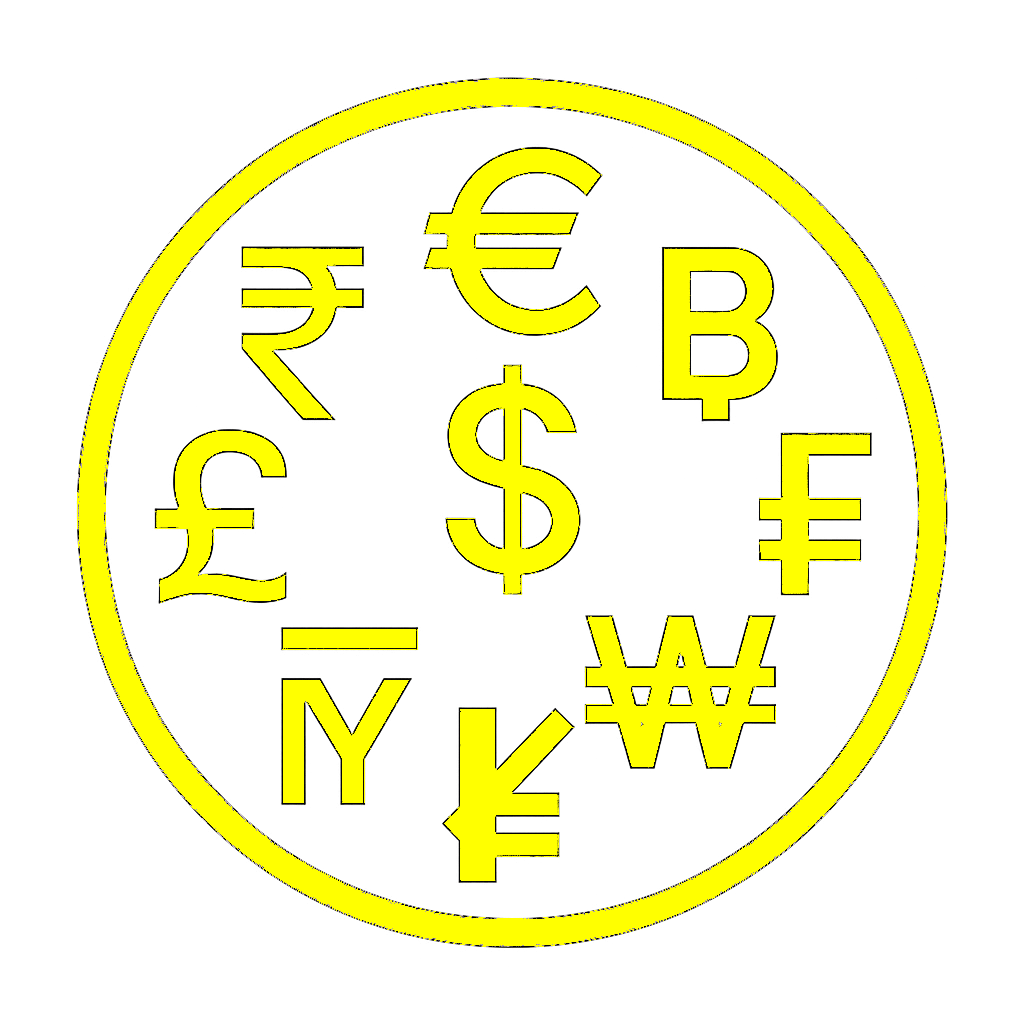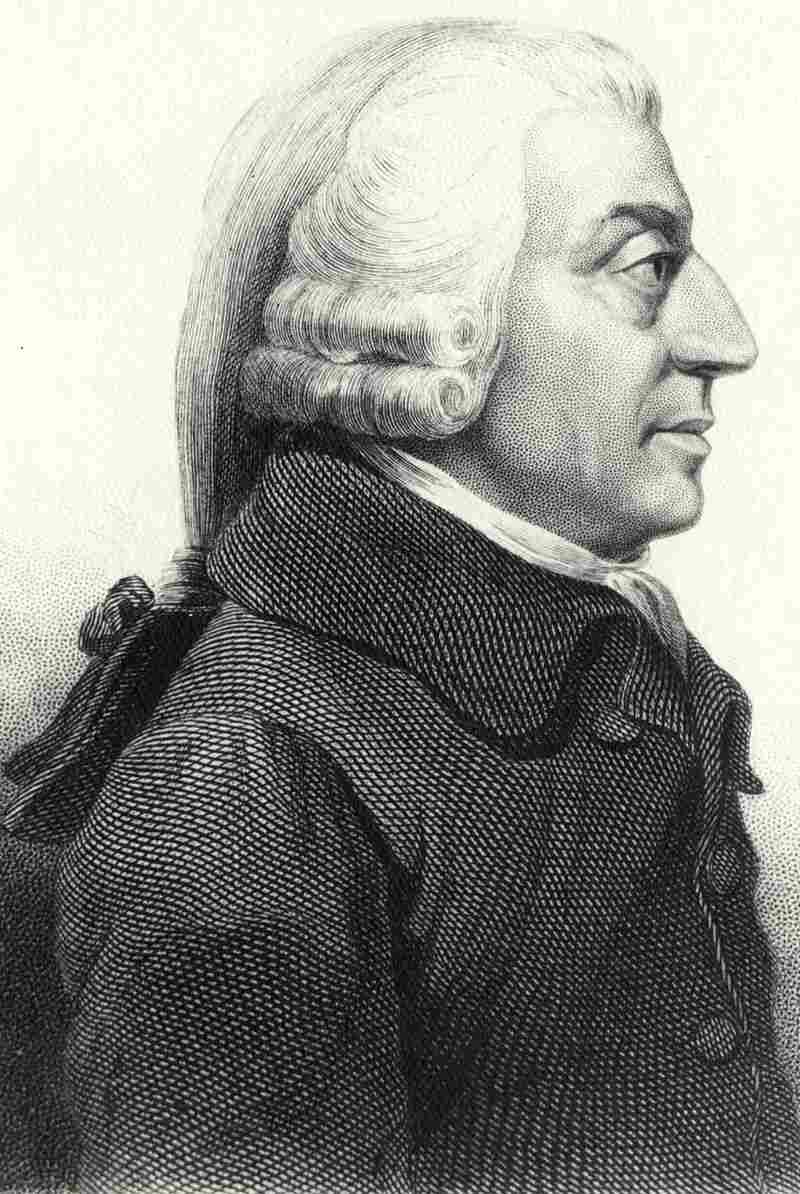3 Perfect markets
Recommended readings: Anon (2020, ch. 9)
Learning objectives:
Students will be able to:
- Describe the key characteristics and assumptions of perfect markets and perfect competition.
- Explain the implications of the price system on supply, demand, and the allocation of resources.
- Develop insights into the conditions necessary for achieving Pareto efficiency in markets.
3.1 Pencil parable
Source: Youtube
Milton Friedman (1912–2006), nobel prize winner and one of the great economists (and teachers) of the 20th century, had a 10-hour PBS broadcast series in 1980 called Free to Choose. In this show, he presented his vision of how free markets work. In a clip from the show (see Figure 3.1), he distills his arguments into a parable about a pencil. Please watch this video or read the transcript of the video:
“Look at this lead pencil. There’s not a single person in the world who could make this pencil. Remarkable statement? Not at all. The wood from which it is made, for all I know, comes from a tree that was cut down in the state of Washington. To cut down that tree, it took a saw. To make the saw, it took steel. To make steel, it took iron ore. This black center—we call it lead but it’s really graphite, compressed graphite—I’m not sure where it comes from, but I think it comes from some mines in South America. This red top up here, this eraser, a bit of rubber, probably comes from Malaya, where the rubber tree isn’t even native! It was imported from South America by some businessmen with the help of the British government. This brass ferrule? [Self-effacing laughter.] I haven’t the slightest idea where it came from. Or the yellow paint! Or the paint that made the black lines. Or the glue that holds it together. Literally thousands of people co-operated to make this pencil. People who don’t speak the same language, who practice different religions, who might hate one another if they ever met! When you go down to the store and buy this pencil, you are, in effect, trading a few minutes of your time for a few seconds of the time of all those thousands of people. What brought them together and induced them to cooperate to make this pencil? There was no commissar sending out orders from some central office. It was the magic of the price system: the impersonal operation of prices that brought them together and got them to cooperate, to make this pencil, so you could have it for a trifling sum. That is why the operation of the free market is so essential. Not only to promote productive efficiency but even more to foster harmony and peace among the peoples of the world.”
By the way, the parable actually goes back to Leonard E. Read as you can read here.
3.2 Invisible hand
Smith (1776): “It is not from the benevolence of the butcher, the brewer, or the baker that we expect our dinner, but from their regard to their own interest”
In perhaps the most influential book in economics ever written, An Inquiry into the Nature and Causes of the Wealth of Nations, Adam Smith (1776) (see Figure 3.2) argued that the pursuit of self-interest in a marketplace would promote the general interest. He said resources would be guided, as if by an invisible hand, to their best uses. That invisible hand was the marketplace. In particular, he wrote:
“Every individual necessarily labours to render the annual revenue of the society as great as he can […] He is in this, as in many other ways, led by an invisible hand to promote an end which was no part of his intention […] By pursuing his own interest he frequently promotes that of the society more effectually than when he really intends to promote it.”
3.3 Allocation of resources
Markets use prices as signals to allocate resources to their highest valued uses. Consumers will pay higher prices for goods and services that they value more highly. Producers will devote more resources to the production of goods and services that have higher prices, other things being equal. And, other things being equal, workers will provide more hours of labor to jobs that pay higher salaries.
This allocation principle applies to both product markets, such as those for cars, houses, and haircuts, and resource markets, including labor, land, and equipment. Individuals and households play two crucial roles in the economy: they demand goods and services and supply resources. Similarly, businesses also have dual roles; they supply goods and services while demanding resources. The interaction of demand and supply in both product and resource markets generates prices, which help allocate items to their highest valued alternatives.
The question of how resources can and should be allocated is a normative issue, and economists require normative criteria to make decisions. A widely accepted criterion is the Pareto principle (see Note 3.1).
An allocation of resources is considered Pareto efficient (or Pareto optimal) when no reallocation can make at least one individual better off without making someone else worse off. In other words, it is a state where resources are allocated in such a way that it is impossible to improve one person’s situation without disadvantaging another.
A change in allocation that benefits at least one individual without harming anyone else is known as a Pareto improvement. This improvement is often used by economist that aim to give policy advice.
When economists discuss an optimal allocation of resources, they typically imply that the Pareto efficiency criterion is met, which defines optimal resource allocation as a state where no further improvements can be made without harming someone.
Factors that disrupt the functioning of a competitive market lead to an inefficient allocation of resources, ultimately diminishing society’s overall well-being. This disruption is referred to as market failure. We will explore several forms of market failure later in the notes.
3.4 Assumptions
The assumptions of perfect markets and perfect competition are as follows:
Many buyers and sellers: In a perfectly competitive market, there are numerous buyers and sellers, none of whom have a significant influence over market price. Each participant is a price taker, meaning they have no control over the price at which goods or services are exchanged.
Homogeneous products: The products offered by all firms in a perfectly competitive market are identical or homogeneous. Consumers perceive no differences between the goods or services provided by different sellers. As a result, buyers base their purchase decisions solely on price.
Perfect information: All buyers and sellers in a perfectly competitive market have complete and accurate information about prices, quality, availability, and other relevant factors. This assumption ensures that market participants can make rational decisions and respond efficiently to changes in market conditions.
Free entry and exit: Firms can freely enter or exit the market in response to profits or losses. There are no barriers to entry or exit, such as legal restrictions or substantial costs, that prevent new firms from entering the market or existing firms from leaving it.
Perfect mobility of factors of production: The resources used in production, such as labor and capital, can move freely between different firms and industries. There are no constraints on the mobility of factors of production, allowing firms to allocate resources efficiently.
Profit maximization: All firms in a perfectly competitive market are profit maximizers. They aim to maximize their profits by adjusting their output levels based on prevailing market conditions. If firms can increase their profits, they will expand production, and if they incur losses, they will reduce output or exit the market.
No externalities and no transaction costs: There are assumed to be no externalities, meaning no external costs or benefits to third parties not involved in the transaction.
These assumptions collectively define perfect competition. When all conditions are met, there is no need for government regulation, as welfare is maximized, resources are allocated optimally, and no Pareto improvement can be achieved.
While perfect competition is never fully realized in the real world, it serves as a valuable theoretical model that acts as a benchmark for analyzing actual markets. This model provides insights into market functioning and helps inform policymakers on how to address instances of market failure, where at least one assumption of perfect markets is not met.
It is important to note that the fact that real markets are usually imperfect does not imply that such imperfect markets necessarily fail or perform worse than centrally planned economies, for example.
Theory would predict that if firms in an industry would make some profits, new firms will enter the market or existing firms would produce more which both yields an increase in supply. That, in turn, will drive down market prices until all firms earn zero profits and no more firms would have an incentive to enter the market. In the equilibrium, total revenue equals total cost. Thus, firms do not make profits. Firms can only make profits if they have some sort of competitive advantage and hence are not price takers which would be against assumption 1. The most extreme form of competitive advantage is a monopoly. It describes that one firm is the only provider of a certain good or service. This firm can set prices and the supply of the good and service completely. We will discuss that extreme case in Chapter 14.

